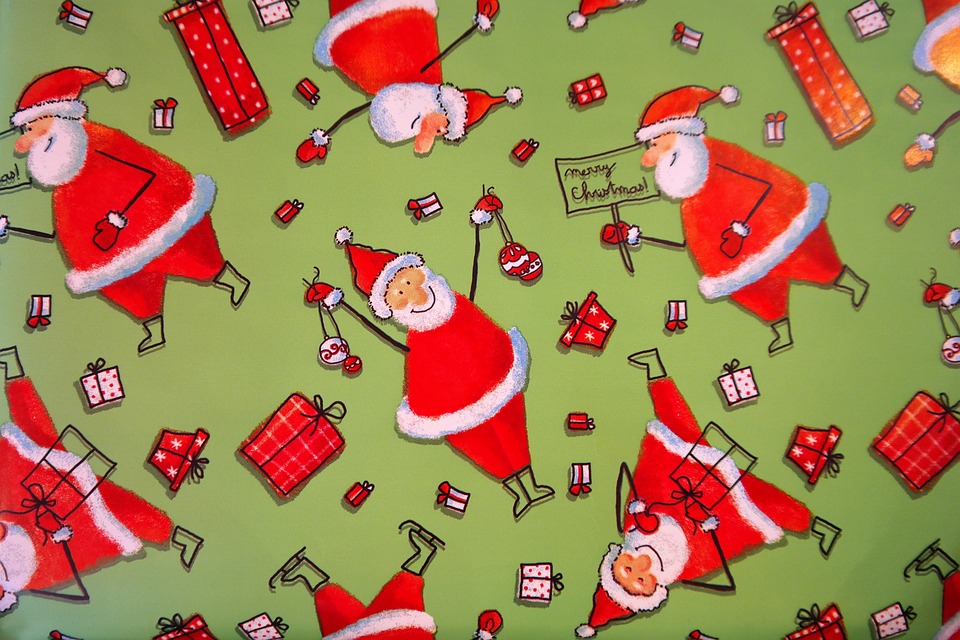Korean flower wrapping paper, known as “bojagi,” has a long-standing tradition in Korean culture. These intricately designed papers are used to wrap gifts, especially during special occasions such as weddings, birthdays, and holidays. Bojagi plays a significant role in Korean gift-giving as it not only serves the practical purpose of wrapping presents but also holds symbolic meanings that reflect the values and beliefs of Korean society.
The history of bojagi dates back to the Joseon Dynasty, which ruled Korea from the 14th to the 19th century. During this time, bojagi was used not only for wrapping gifts but also for storing and carrying items such as clothes, books, and food. The fabrics used for bojagi were often made of silk or ramie, and the designs were traditionally simple and elegant, usually featuring auspicious symbols like cranes, peonies, and butterflies. These symbols were believed to bring good luck and fortune to the recipient of the gift.
Over time, bojagi evolved to include more elaborate patterns and designs, reflecting the artistic and cultural influences of different regions in Korea. Each region developed its own unique style of bojagi, with patterns and colors that reflected the local customs and traditions. Today, bojagi are made from a variety of materials, including paper, cloth, and even recycled materials, and are often handcrafted by artisans who specialize in this traditional craft.
In Korean culture, the act of wrapping a gift in bojagi is seen as a form of respect and care for the recipient. The time and effort put into choosing and wrapping the perfect bojagi are considered as important as the gift itself. The colors and patterns of the bojagi are carefully chosen to convey wishes of happiness, prosperity, and longevity to the recipient. For example, red symbolizes good luck and happiness, while blue represents peace and harmony.
In addition to its practical and symbolic meanings, bojagi also serves as a form of environmental consciousness in Korean culture. By using reusable and recycled materials for wrapping gifts, bojagi promotes sustainability and reduces waste, aligning with the traditional Korean value of frugality and respect for nature.
In modern times, bojagi has become a popular trend in gift-wrapping, not only in Korea but also around the world. Its unique and intricate designs have caught the attention of designers and artists who appreciate its beauty and cultural significance. Bojagi workshops and classes are now offered in many cities, allowing people to learn the art of bojagi-making and create their own unique designs.
Overall, the tradition of Korean flower wrapping paper, bojagi, is a reflection of Korea’s rich cultural heritage and values. Its intricate designs, meaningful symbols, and environmentally conscious practices make it a unique and cherished part of Korean gift-giving. Whether used for special occasions or everyday gifts, bojagi continues to be a timeless and beloved tradition that brings joy and beauty to both the giver and the recipient.

